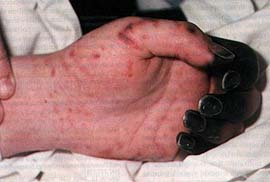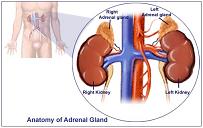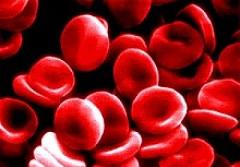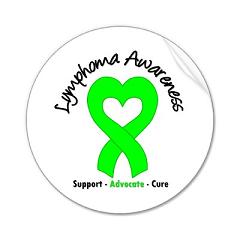Sepsis (Blood Infection) Symptoms and Treatment
posted by: Gretchen
 Sepsis is not just an ordinary condition. It is actually a life-threatening disease. The prognosis of this condition depends on age, health history, and general health status. This can happen to anyone like young children but it gets more dangerous to elderly and to patients who undergo chemotherapy because of their weakened immune system. In this condition, the body fights a severe infection that has spread through the blood. This happens when chemicals released to the bloodstream trigger inflammation in the body. The chemicals are actually released to fight infection but something goes wrong which may cause inflammation. The inflammation creates microscopic blood clots which can prevent nutrients from reaching the vital organs and tissues. This can also be triggered by trauma, pneumonia, and burns. On the other hand, this condition is not contagious.
Sepsis is not just an ordinary condition. It is actually a life-threatening disease. The prognosis of this condition depends on age, health history, and general health status. This can happen to anyone like young children but it gets more dangerous to elderly and to patients who undergo chemotherapy because of their weakened immune system. In this condition, the body fights a severe infection that has spread through the blood. This happens when chemicals released to the bloodstream trigger inflammation in the body. The chemicals are actually released to fight infection but something goes wrong which may cause inflammation. The inflammation creates microscopic blood clots which can prevent nutrients from reaching the vital organs and tissues. This can also be triggered by trauma, pneumonia, and burns. On the other hand, this condition is not contagious.
Signs and Symptoms of Sepsis
If a person has sepsis, you may see in him/ her the following signs and symptoms:
- Fever
- Chills and shaking
- Rapid breathing
- Low blood pressure
- Dizziness
- Confusion
- Decreased urination
- Disorientation
- Joint pains
- Skin rashes (reddish discoloration or small dark red dots throughout the body)
Neonatal Symptoms
A baby may get the infection from the mother before or during the delivery. Check the following signs and symptoms:
- Diarrhea
- Low blood sugar
- Breathing problems
- Body temperature changes
- Reduced movements
- Seizures
- Slow heart rate
- Vomiting
- Jaundice
- Swollen belly area
Treatment of Sepsis
Before a patient is given any medication, he/ she has to undergo tests first. The results will actually tell what medications should be taken in. The patient should follow the guidelines given by the doctor and observe proper care. The common medications given include the following:
- Antibiotics: The antibiotics may be given directly into the vein or given may be those that kill many different bacteria. The bacteria can be identified through blood culture.
- IV Salt Solution (Saline): This is to increase the blood pressure.
- Confinement: The doctor will have to admit the patient to the hospital until the blood culture results are released.
- Surgery: This is needed when there is an infection in the abdomen.
With the current economic status, we need to be healthy so we can survive. Surviving would be easier if we don’t have any infectious or any other severe illnesses. Let’s be health conscious.
You might also like
|
|
|
|
|




